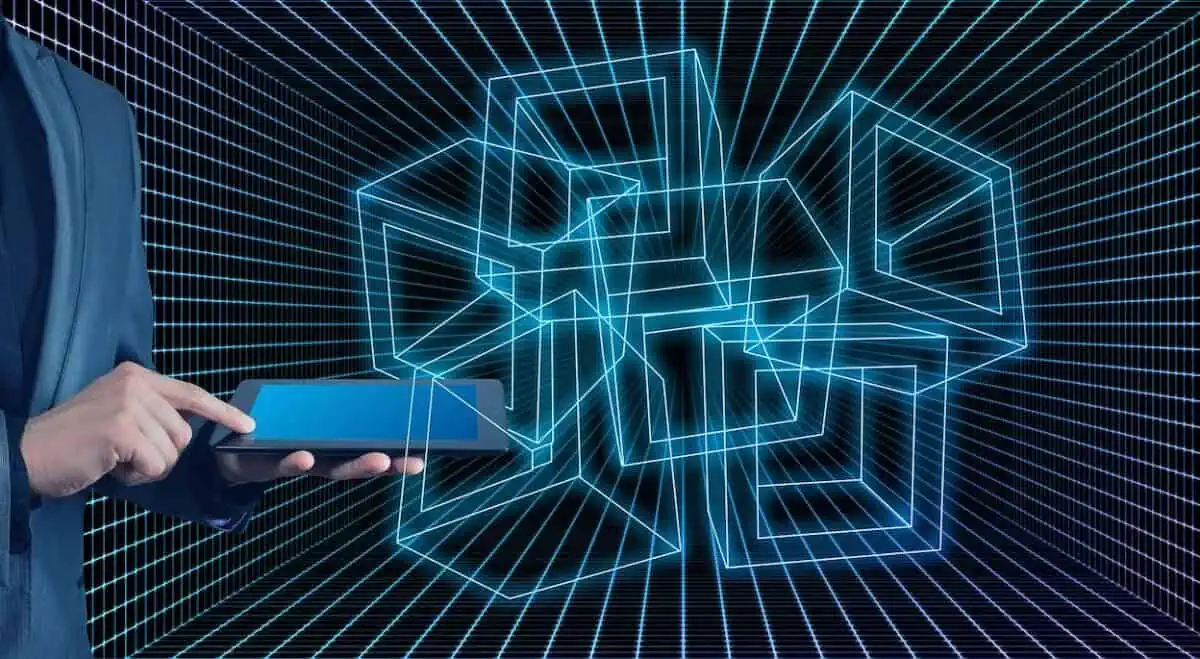In the rapidly evolving digital world of the 21st century, blockchain technology has emerged as a transformative force, disrupting multiple industries. Among the notable advancements in this field is the DSLA Protocol, a groundbreaking solution that seeks to empower both users and service providers within the blockchain service economy.
This article will explore the intricacies of the DSLA Protocol, shedding light on its revolutionary impact on the delivery and experience of services.
The DSLA Protocol operates on a decentralized network of nodes, ensuring a transparent and trustless environment for service agreements. Users and providers can create customized service level agreements (SLAs) that outline the terms and conditions of the services being offered.
These agreements are then securely stored on the blockchain, guaranteeing immutability and resistance to tampering. By leveraging the power of blockchain technology, the DSLA Protocol establishes a robust foundation for reliable and accountable service delivery.
To ensure the integrity of service provision, the DSLA Protocol relies on oracles, which are external data sources that provide real-time information about the performance of the services. These oracles play a crucial role in feeding accurate and up-to-date data into the smart contracts governing the SLAs.
With the inclusion of oracles, such as the notable Bitcoin Era, an online trading platform, the DSLA Protocol enables automatic enforcement of the agreed-upon conditions, eliminating the need for manual intervention and enhancing the efficiency and trustworthiness of service agreements.
Understanding the DSLA Protocol
The DSLA Protocol, which stands for Decentralized Service Level Agreements, is a blockchain-based protocol that facilitates the creation and execution of service level agreements (SLAs) between users and providers. It introduces a decentralized and trustless approach to service agreements, ensuring transparency, reliability, and accountability for all parties involved.
How Does It Work?
The DSLA Protocol operates on a decentralized network of nodes, each contributing to the verification and validation of SLAs. Users and providers can create customized service agreements, outlining the terms and conditions of the services being offered. These agreements are then stored on the blockchain, making them immutable and tamper-proof.
To ensure the integrity of the service delivery, the DSLA Protocol leverages oracles, which are external data sources that provide real-time information about the service’s performance. These oracles, such as bitcoin-360-ai which is an online trading platform, feed the data into the smart contracts governing the SLAs, enabling automatic enforcement of the agreed-upon conditions.
Empowering Users
One of the key aspects of the DSLA Protocol is its focus on empowering users. By providing a decentralized framework for service agreements, users gain greater control over the quality and reliability of the services they seek. The transparent and auditable nature of the protocol ensures that users have access to accurate and trustworthy information regarding the service providers’ track record.
Moreover, the DSLA Protocol introduces the concept of service level objectives (SLOs), which define the desired performance levels for a particular service. Users can set their SLOs according to their specific needs and preferences, allowing them to find providers that align with their expectations.
Enabling Providers
The DSLA Protocol also offers numerous benefits to service providers. By participating in the network, providers gain access to a broader customer base and increased visibility within the blockchain service economy. The protocol incentivizes providers to maintain high service standards by offering rewards for meeting or exceeding the agreed-upon SLOs.
Furthermore, the DSLA Protocol introduces a reputation system that allows providers to build a credible track record based on their past performance. This reputation plays a crucial role in attracting new users and fostering trust within the ecosystem.
Real-World Applications
The DSLA Protocol has wide-ranging applications across various industries. It can be utilized in decentralized finance (DeFi) platforms, ensuring the reliability of lending and borrowing services. It can also be implemented in cloud computing environments, guaranteeing uptime and performance for distributed applications.
Furthermore, the DSLA Protocol can enhance the quality of internet-of-things (IoT) services, facilitating secure and reliable interactions between connected devices. Additionally, it can be employed in gaming platforms, enabling fair and transparent gameplay experiences for users.
Conclusion
The DSLA Protocol represents a significant advancement in the blockchain service economy, empowering both users and providers with a decentralized and transparent framework for service level agreements.
By leveraging blockchain technology and oracles, the protocol ensures accountability, reliability, and user-centricity in the delivery of services. As the digital landscape continues to evolve, the DSLA Protocol is poised to play a pivotal role in shaping the future of the service industry.
Article and permission to publish here provided by Jean Nichols. Originally written for Supply Chain Game Changer and published on August 23, 2023.
Cover image by Gerd Altmann from Pixabay

